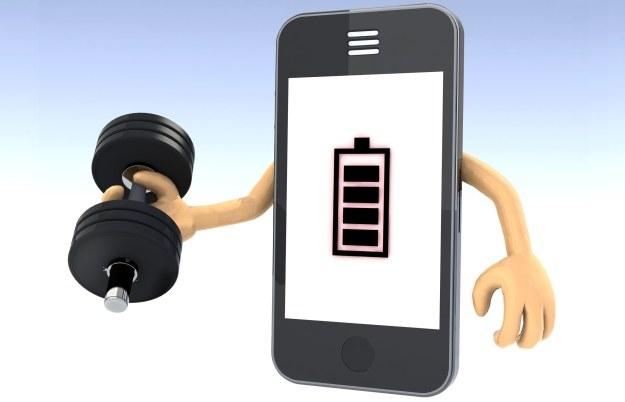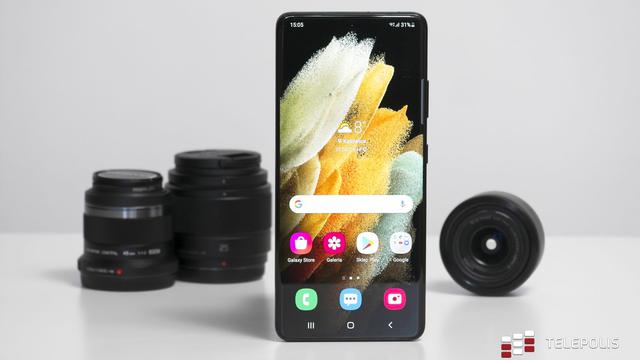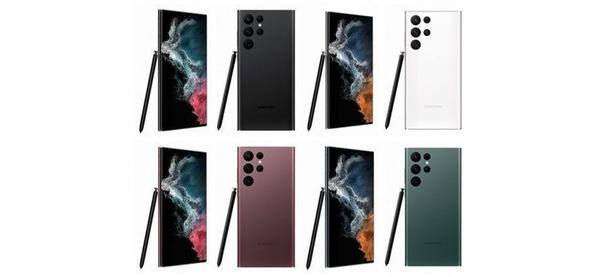The battery is still one of the most important factors for many of us when choosing a phone. It turns out that the length of its life largely depends on our habits and the way we use the device's functions. Reasonable and conscious can give a truly astonishing effect.
Old habits and new technologies
In times when the Nokia 3310 was the object of dreams, the vast majority of mobile users encoded that the battery in the new phone must be formatted (forming). This process consisted of fully discharging the battery and then charging it continuously for 10-12 hours. In the end, the whole cycle had to be repeated three times. Some people use this method to this day, although with the introduction of lithium-ion (Li-ion) cells, it ceased to make any sense.
Advertisement
Lithium Ion phone charging rules
- The battery in the new phone is about 30% charged, which is due to the fact that batteries without energy reserves cannot be stored. If you are going to put your phone on the shelf - for more than a few days - it is worth connecting it to the power supply for a while.
- You should also avoid discharging to "zero" during normal everyday use.- It is worth knowing that high temperatures damage lithium-ion batteries. A mobile phone should not be left in a very hot car or exposed to direct sunlight.The right habits
Given the fact that lithium-ion batteries like to be connected to the power supply often, it is worth investing in a desktop (or car) docking station. This one has many useful functions, and at the same time guarantees a constant power source and constantly replenishes energy. The habits of connecting the charger, e.g. when getting ready to go to work or school, are also perfect. Even if the battery does not fully charge, it will still guarantee the operation of the device until the next morning. Most modern batteries charge very quickly, so this strategy is highly recommended.
Portable chargers
The above techniques are no longer relevant in the case of a longer stay away from home or a hiking trip - when connecting a smartphone or tablet to a power source is not an option. A great way out of such situations is a portable charger. This mobile power source has a capacity of 5000 mAh, so from 2 to even 5 times more than the battery of an average smartphone. At the same time, it is small and compatible with any phone, as well as selected cameras, consoles, media players and tablets.
How to use your phone so that the battery lasts long
The rest of the article is primarily about smartphones, because they use energy especially quickly. However, they have many intelligent systems that allow you to control this consumption.

Screen
The screen consumes the most energy, of course. However, there are some simple ways to limit this. To do this, go to the display settings, and more precisely - the panel brightness level option. It is worth knowing that the brighter the screen is, the more power it consumes. Here I recommend using automatic adjustment. In this mode, thanks to the built-in light sensor, the phone will automatically adjust the brightness of the screen to the lighting conditions - the darker it is in the room or outside, the dimmer the backlit panel will be. You can also choose a constant corresponding brightness of the display. If it is quite dimmed, the energy consumption will be significantly lower.
The automatic screen lock settings are also important. A relatively short idle time (e.g. 15-30 sec) after which the phone will go into standby mode will bring the best results.
Which battery is the best? Discuss on our forum
Communication Modules
Manufacturers give the phone working time for 3G on and off for a reason. Thanks to this module, we can enjoy e.g. mobile internet, without which the smartphone loses "half" of its functionality. Unfortunately, this element consumes quite a lot of energy. Switching to 2G mode will extend the working time by one or even several days - depending on the battery capacity, phone model or our habits. On the other hand, it is difficult to require the smartphone user to turn on 3G occasionally. Here it is worth developing habits - for example, turning off 3G during longer visits away from home, when the phone is idle in a bag or trouser pocket.
WiFi is another energy sink without which many of us would be really struggling. Thanks to it, we can use the benefits of the network on a smartphone without worrying about costs. But even in this case, it is worth doing it reasonably, i.e. only when we want to update the software or application, download multimedia from the network or download e-mail. WiFi can be turned on where we have access to it. Operating continuously, it finds nearby hotspots, which is not indifferent to the battery.
The same applies to the GPS receiver, which should only be turned on when needed, such as navigation or positioning on a map.
No less appetite for energy characterizes the systems that drive phones. However, we have no influence on these, and the main rule is - the more modern, the less electricity it should consume. In their case, only one and the least energy-consuming core is responsible for performing basic operations.
Software - the silent battery killer
Sometimes we don't realize how much software has an impact on the rate of battery discharge. A poorly optimized system can use all the energy not in 48, but in less than 12 hours. In this case, unfortunately, our hands are tied, because the situation can only be fixed by a software update released by the manufacturer (or unofficial software, but this involves breaking the security of the device and voiding the warranty).
Users, however, have full control over the applications installed on the phone. And these can seriously affect the life of the battery.
Synchronizations
Email, applications that collect information from social networks, weather, widgets, and many other programs - all of them, often without our knowledge, connect to the network and download data. This affects the health of both the battery and the data pack. For the sake of both factors, it is worth getting interested in the topic and visiting the settings. There you can disable automatic synchronizations, but then you will have to perform them manually. The second way is to set an update schedule for each application separately (e.g. once every 1-2 hours).
Closing background processes
Multitasking is an extremely important feature of smartphones of the time. Thanks to it, we can use a given application without disabling others. The latter still work, but in the so-called "background", which of course uses the energy stored in the battery, and to make matters worse, it can cause performance drops of the device. Such processes should be closed from the phone settings or appropriate applications - for Android it is, for example, Task Killer. Smartphone manufacturers are more and more often supplementing the software with this type of applications.
Energy saving modeIn some smartphones (new Sony Xperia or HTC with Windows Phone 8) you can find software that will relieve the user from the activities described above. Of course, there are various energy saving systems. When turned on, the phone receives calls and texts, and all other applications and syncs will only work when launched by the user.
The bigger the better
When choosing a phone, you can be guided by the battery capacity. Here the rule is simple - the more capacious, the better. The record holders include the Motorola Razr MAXX, whose fire is characterized by as much as 3300 mAh - and until recently the standard was 1200-1300 mAh. The best devices today have batteries with a capacity of about 2000 mAh.
Not as scary as they paint it
When buying a smartphone, we often do not realize that this device has little in common with classic mobile phones from years ago. A large screen and a multitude of functions have their needs. Their batteries need to be charged more than once a week. And how often? It depends only on us.
Jacob Płaza


